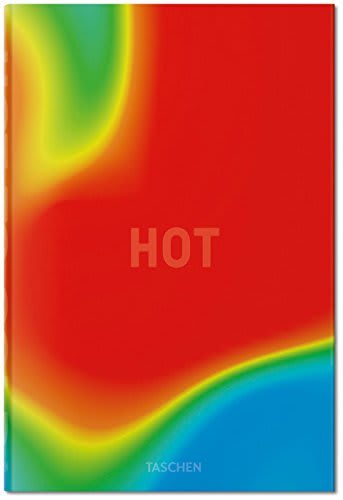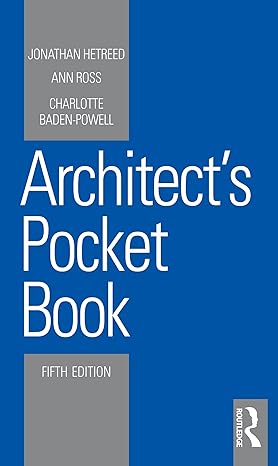"Sketching and Rendering Interior Spaces" by Ivo Drippik is a book that deeply resonated with me as a student artist. Unlike traditional pencil drawing, I found my niche in marker pens and fine liners, and this author's approach truly mirrored the style I was striving for. Drippik delves into the realm of professional painting techniques, offering valuable insights.
What I find particularly commendable is his meticulous breakdown of the drawing process, which unfolds across the pages. As someone who has evolved their own drawing style over the years, I must admit I no longer adhere to this specific technique. Nowadays, I prefer infusing my drawings with a touch of organic authenticity.
This book played a pivotal role in my ability to master freehand perspective drawing, eliminating the need for rulers. Pile's comprehensive coverage of various aspects, such as plans, sections, elevations, two-point perspective, circular forms, light effects, and reflective elements, was immensely valuable.
For those who, like me, struggle with getting the perspective and angles just right in their drawings, this book is a highly recommended resource. It offers insights and techniques that can make a significant difference in achieving the desired vantage points within your interior design sketches.
"Form, Space, and Order" by Francis D.K. Ching is a timeless classic in the world of architectural and interior design books. Ching's expertise shines through as he covers essential vocabulary related to form and space, their relationship with light, views, and openings, and the principles of spatial organization, circulation, proportion, and scale. This book is a must-have reference for spatial planning and design inspiration.
As a student or professional, finding architects and designers to look up to can be crucial for your growth. One such architect is Bjarke Ingels, and "Hot to Cold: An Odyssey of Architectural Adaptation" is a book that showcases the firm's projects worldwide, particularly those in harsh climate conditions. It encourages critical thinking and analysis within the realm of design.
For those seeking a comprehensive guide to interior design, "The Fundamentals of Interior Design" by Simon Dodsworth is a go-to choice. Covering various aspects of interior design, from the design process and understanding the brief to spatial organization, finishes, sustainability, and client presentation, this book serves as Interior Design 101. It offers a clear roadmap for students and aspiring interior designers, outlining what to expect during their educational journey and professional careers.
The "Architect and Entrepreneur" book series, recommended by an experienced architect and entrepreneur whose YouTube channel provides valuable insights into studio life, branding, marketing, and tutorials, offers two volumes.
The first volume, "A Field Guide: Building, Branding, and Marketing Your Startup Business," is ideal for those in the early stages of setting up their business. It's a motivating read that inspired the individual to start a YouTube channel, providing valuable guidance for aspiring entrepreneurs.
The second volume, "The How-To Guide: Innovating Practice - Tactics, Models, and Case Studies in Passive Income," is suited for established businesses looking to ensure long-term success. These books fill a unique niche by combining business startup advice with guidance for launching a design studio, making them highly constructive for anyone embarking on their entrepreneurial journey.
This comprehensive guide covers project management from start to finish, making it an essential read for interior designers running their own studios. It serves as a valuable reference for interior design professionals seeking to streamline and enhance their project management processes.

 Sketching and Rendering Interior Spaces
Sketching and Rendering Interior Spaces Perspective of Interior Designers
Perspective of Interior Designers Architecture: Form, Space and Order
Architecture: Form, Space and Order A Global History of Architecture
A Global History of Architecture Hot to Cold: An Odyssey of Architectural Adaptation
Hot to Cold: An Odyssey of Architectural Adaptation The Fundamentals of Interior Design
The Fundamentals of Interior Design Architect Entrepreneur
Architect Entrepreneur The BIID Interior Design Book
The BIID Interior Design Book Architect's Pocketbook
Architect's Pocketbook







